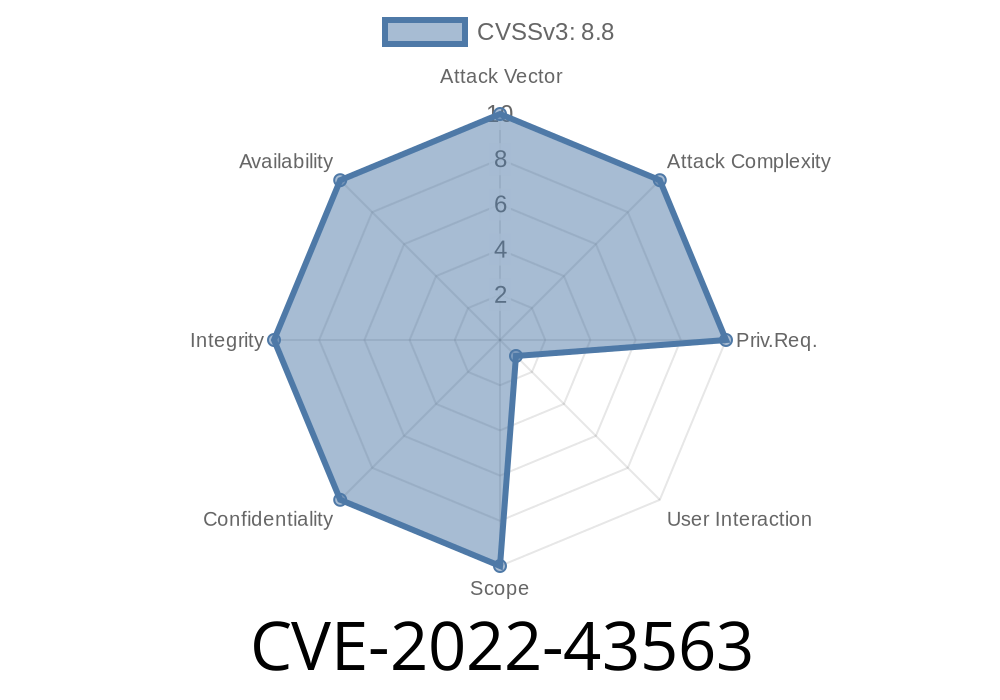A newly discovered vulnerability, registered as CVE-2022-43563, affects Splunk Enterprise, a popular platform designed for searching, monitoring, and analyzing machine-generated data. Specifically, this vulnerability impacts Splunk Enterprise versions below 8.2.9 and 8.1.12.
The vulnerability exists in the way that the rex search command handles field names, allowing an attacker to bypass SPL (Search Processing Language) safeguards for risky commands - see the official documentation at Splunk SPL Safeguards. To exploit this vulnerability, the attacker must first phish the victim into initiating a request within their browser. It is important to note that the attacker cannot exploit the vulnerability at will.
In this long read post, we will delve deeper into the details of CVE-2022-43563, provide a code snippet to demonstrate the exploit, link to original references, and outline steps to mitigate this security threat.
Code Snippet
The following code snippet demonstrates an example of how the rex search command improperly handles field names, leading to the bypass of SPL safeguards:
index=my_data_source | rex field=_raw "(?<my_field>[^ ]+)" | ...
In this example, the rex command is used to extract a field named my_field from the _raw event data. The way it is handled allows an attacker to bypass the SPL safeguards, potentially leading to unauthorized access and/or the execution of risky commands.
Original References
1. CVE-2022-43563 Vulnerability Details
2. Splunk Cloud Security - SPL Safeguards
Exploit Details
For an attacker to successfully exploit CVE-2022-43563, they must first phish the victim into initiating a request using the victim's browser. This can be achieved through various social engineering techniques, such as sending a seemingly innocuous email containing a malicious link or posing as a trusted source.
Once the victim initiates the request, the attacker can exploit the vulnerability to bypass the SPL safeguards within Splunk Enterprise and potentially execute risky commands.
Mitigation
To protect your Splunk Enterprise environment from CVE-2022-43563, it is essential to address the vulnerability by updating your software to versions 8.2.9 or 8.1.12. You can download the latest versions from the Splunk Download Page.
Additionally, consider the following best practices
1. Implement comprehensive security training for all employees, with a focus on recognizing phishing attacks and avoiding clicking on suspicious links.
Limit the use of high-privileged accounts and restrict access to sensitive data and systems.
3. Regularly monitor and audit your Splunk Enterprise environment for any signs of unauthorized access or suspicious activity.
Conclusion
CVE-2022-43563 is a vulnerability in Splunk Enterprise that allows an attacker to bypass SPL safeguards and potentially execute risky commands. To mitigate this security threat, it is crucial to update your software to the latest versions and follow the recommended best practices outlined in this post. Stay informed, stay safe, and keep your enterprise environment secure.
Timeline
Published on: 11/04/2022 23:15:00 UTC
Last modified on: 11/08/2022 14:46:00 UTC
